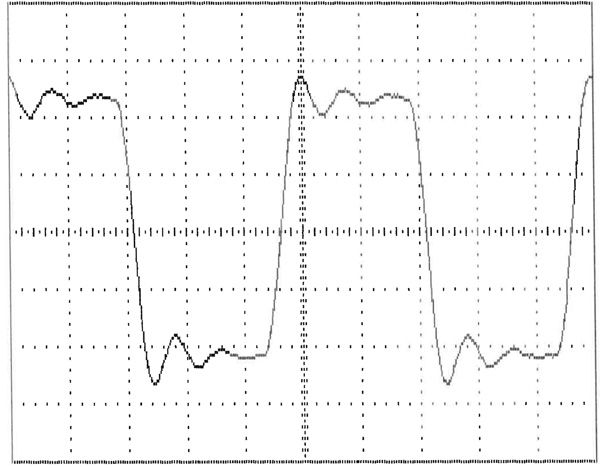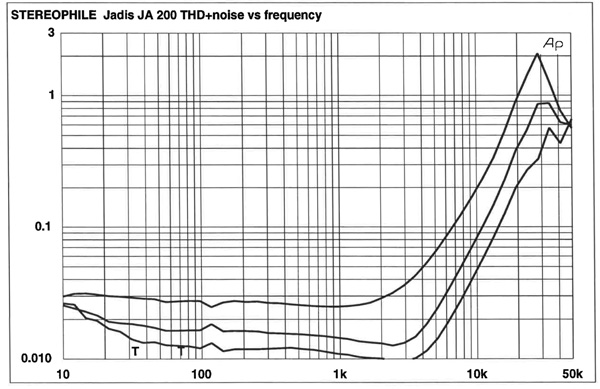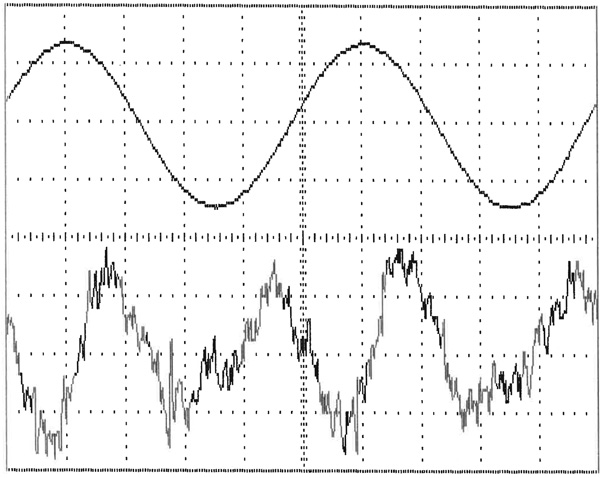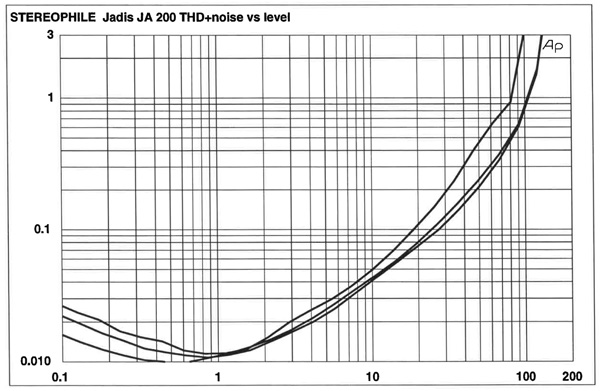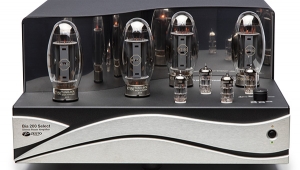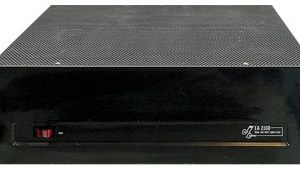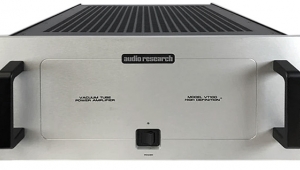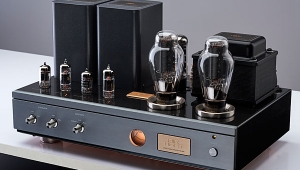| Columns Retired Columns & Blogs |
"I've never been a fan of the 6550A, which is really not an audio tube at all."
How is the audio vs. no audio tube supposed to matter? Correct me if I'm wrong, but what matters for amplifier design are the characteristics of the tube, e.g. plate current vs plate voltage etc.
Incidentally, I remember reading a rather disappointing review of a Jadis amplifier on this website. (https://www.stereophile.com/content/jadis-se300b-monoblock-amplifier-measurements) Why no measurements here?


